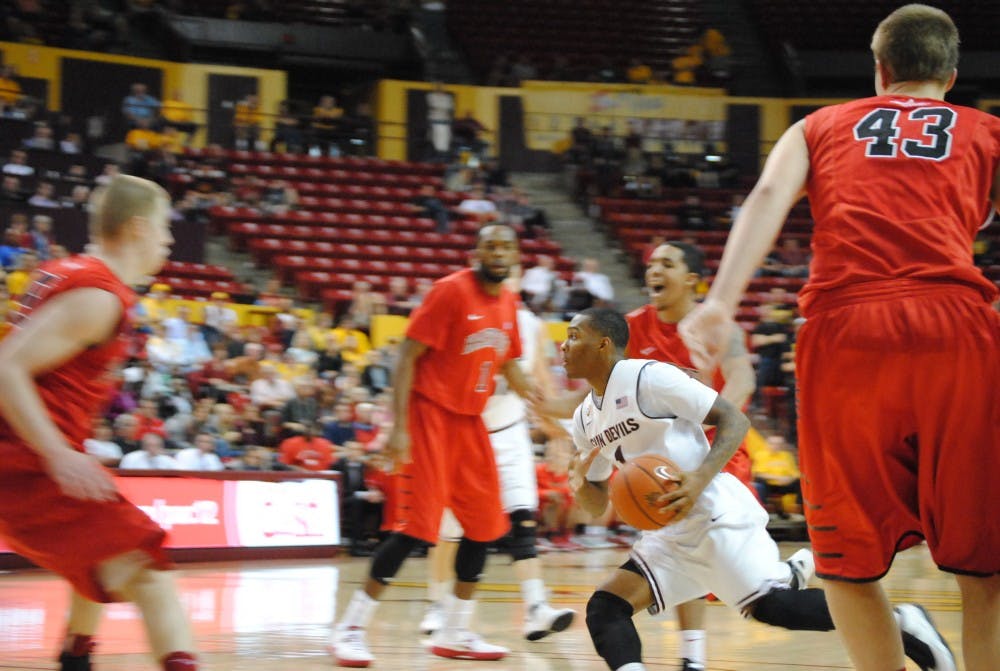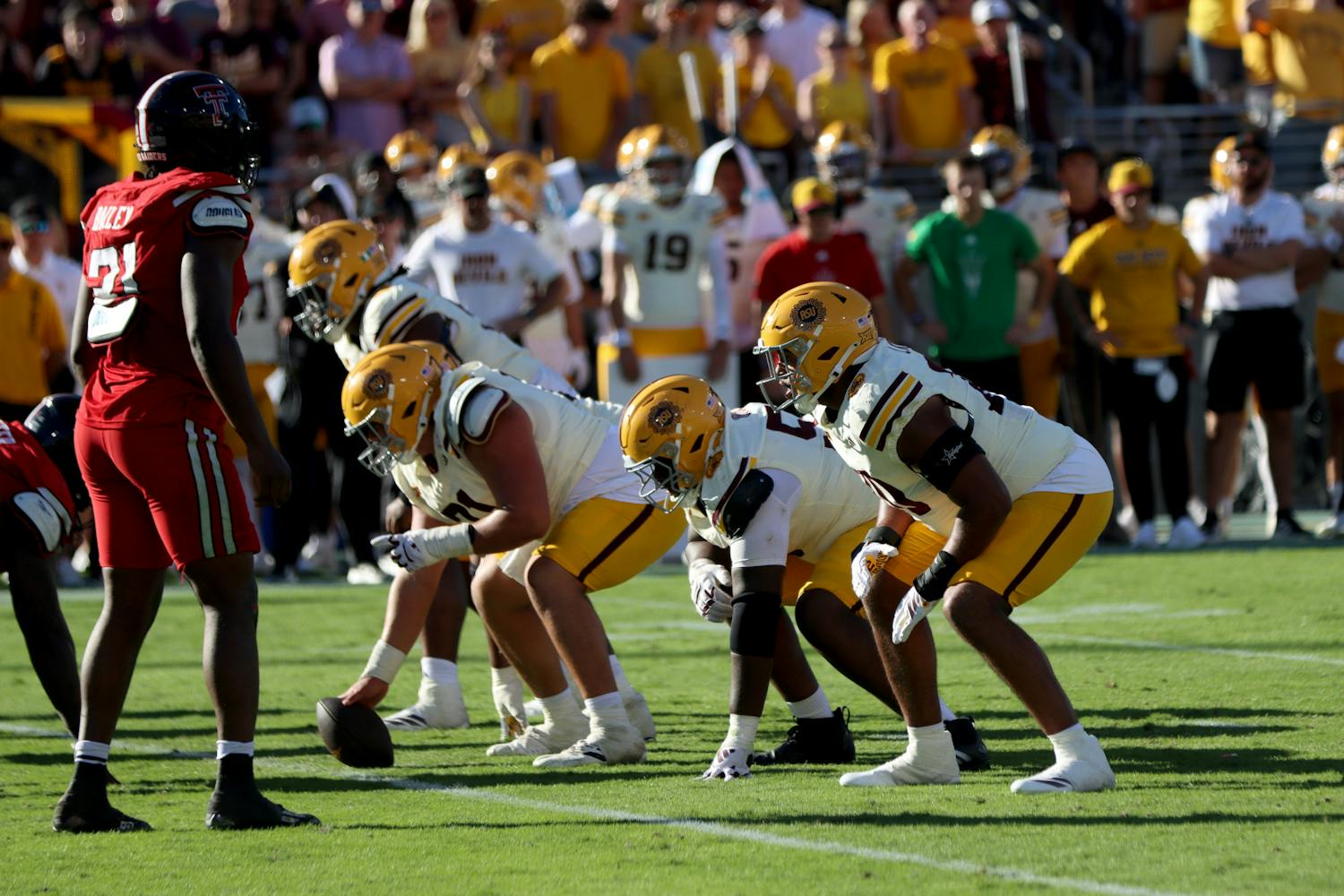When it comes to photography, shooting sports is one of the hardest things to do. Everything is in constant motion. The game and the players are always changing directions. You never know when the play of the game is going to happen, so it’s difficult to anticipate when a game-changing moment could occur. If you’re not ready you could miss that one “perfect” photo. Here are five tips to make your sports photographs the best they can be.
First you are going to need a digital single lens reflex (DSLR) camera. If you don’t have one, you’ll be kidding yourself with the quality of your photos and end up very frustrated. A DSLR allows for interchangeable lenses (you’ll need at least a 200mm lens for sports from the sidelines) and more room for adjustments in your settings like shutter speed and aperture. Make sure to stay away from using any type of flash as you might distract the players.
1. Take lots of photos
This is the first mistake many people make. Don’t spend the entire game trying to get one shot. Consider yourself lucky if you get four or five fantastic shots over the course of the game. There is no way to predict where the ball or people are going. The best way to do this is through setting your camera to shutter priority, burst mode, and a quick auto focus. Shutter priority and burst will make sure you have a high number of frames per second in order to have a better chance at that great photo. Today’s camera technology is advanced enough to delete photos right on the spot. You aren’t wasting film so don’t be afraid to take a lot of photos.
 ASU plays Hartford on December 5th, 2012. I achieved motion blur sitting on the baseline by following the ball and I knew Jahii Carson was about to drive so I moved with him. A quick autofocus and shutter speed helped out a lot here. Photo by Nick Krueger.
ASU plays Hartford on December 5th, 2012. I achieved motion blur sitting on the baseline by following the ball and I knew Jahii Carson was about to drive so I moved with him. A quick autofocus and shutter speed helped out a lot here. Photo by Nick Krueger.2. Know the sport you’re shooting
It’s tough to shoot sports if you don’t know what’s happening on the field. The advantage to knowing the sport is you know where to place yourself on the sidelines. Do not stay stationary. Stand up, sit down, kneel, move around the entire field to get different angles for your photos. When shooting a football game, you want to be in the end zones while basketball is best underneath the basket on the baseline. It’s also important to know who the star players are or else your photos won’t be worth much or won’t get published. If it’s just for your child’s grade school soccer game, that’s another story.
3. Capture the emotion
Sports are emotional. The best sports photos capture emotion such as Giants quarterback Y.A. Tittle in a game against the Steelers in 1964 after a pass of his got intercepted for a touchdown and then he got hit hard. Perhaps the most famous was Muhammad Ali standing over Sonny Liston in triumph after he knocked him out in the first round on May 25th, 1965. If you can somehow capture emotion in your sports photos you have yourself a winner. Sometimes this means focusing on the loosing team.
4. Follow the ball
The action and the ball usually go hand in hand. Anticipate where the ball is heading, pre-focus the shot and then shoot as the ball comes into the frame. You can also follow the ball in your viewfinder but this can be dangerous as you are less aware of your surroundings. Sometimes by waiting after that big play and not following the ball you can see an emotional reaction.
5. Be aware and be prepared
Bring a monopod for field sports, as you’ll be standing up. Brace yourself for the elements with bags for your equipment if the sport you’re shooting is outside. Bring some kind of cushioning if you sit down and shoot as the ground will get hard fast.
Believe it or not photographers have been injured on the sidelines because they’re looking down at their photos or looking through the viewfinder. Remember, sports is a high-speed environment and athletes will risk life and limb to get the ball. Momentum often runs players out of bounds or off the court and into the photographer’s area. Remember to save yourself first and then your equipment.
If you have any suggestions as to what you would like to see me write about or cover this semester, have a comment about a recent post or simply want to talk sports, contact me at nkruege1@asu.edu or via Twitter @npkrueger




